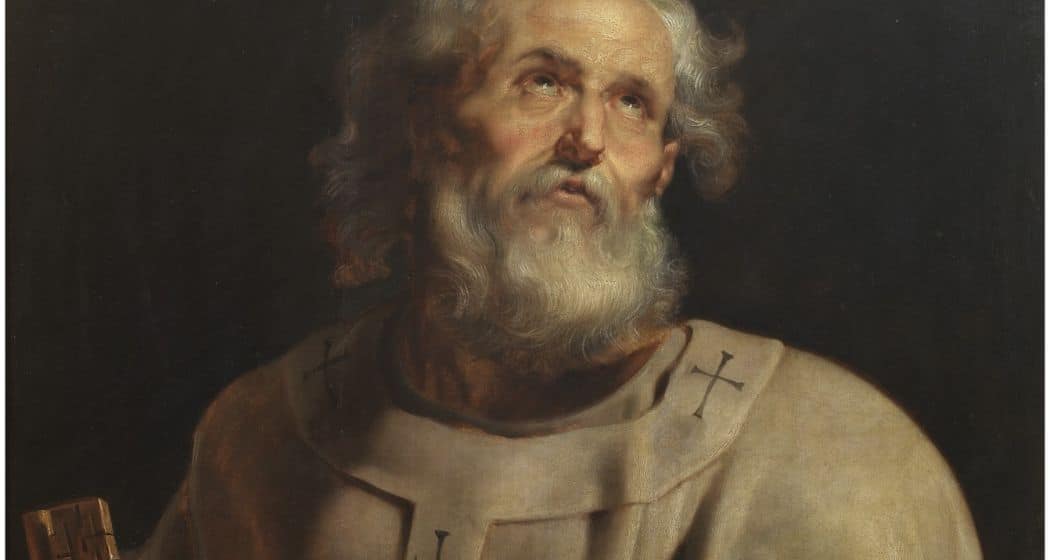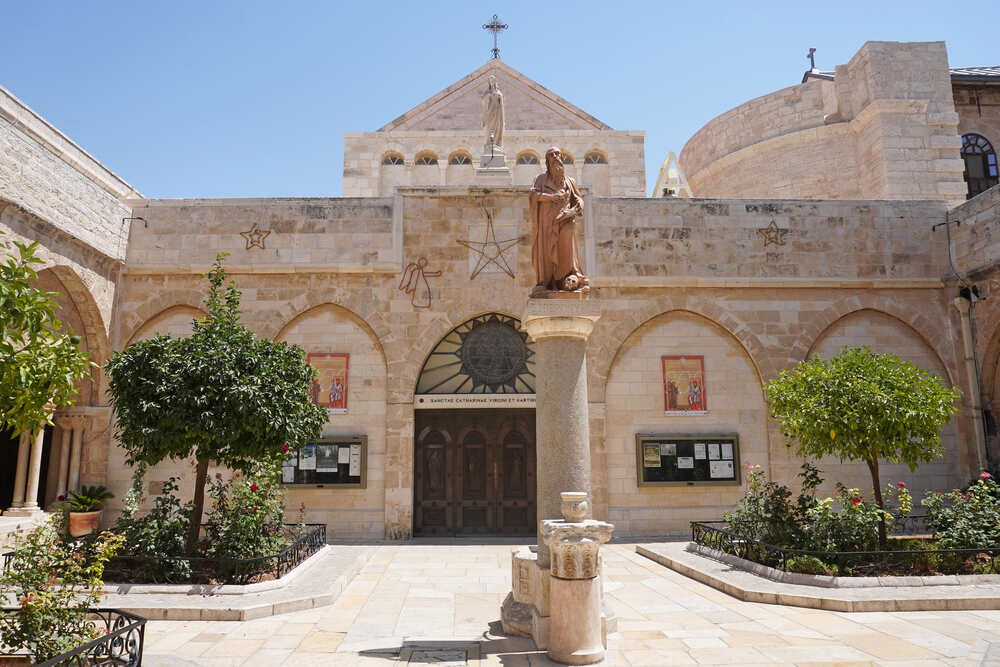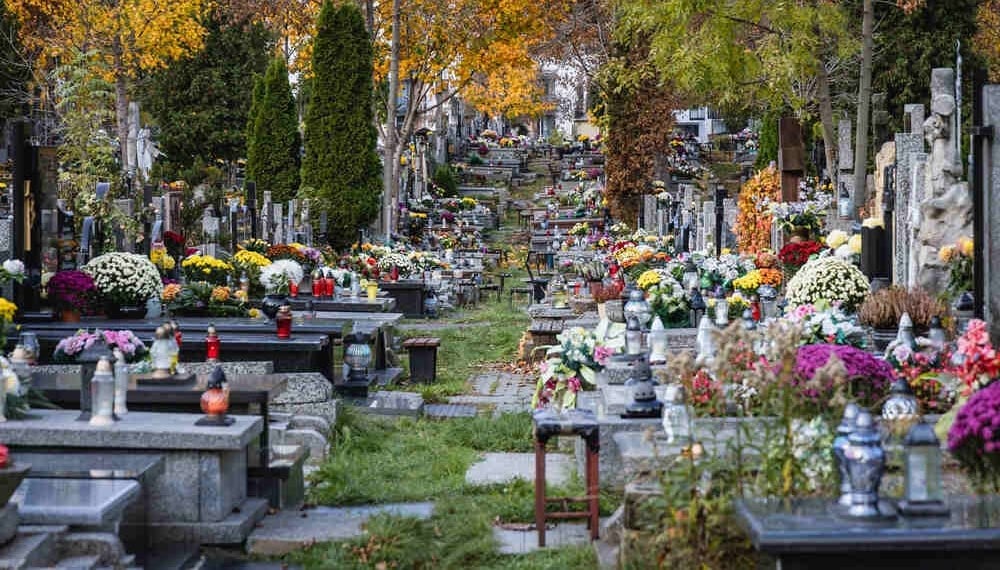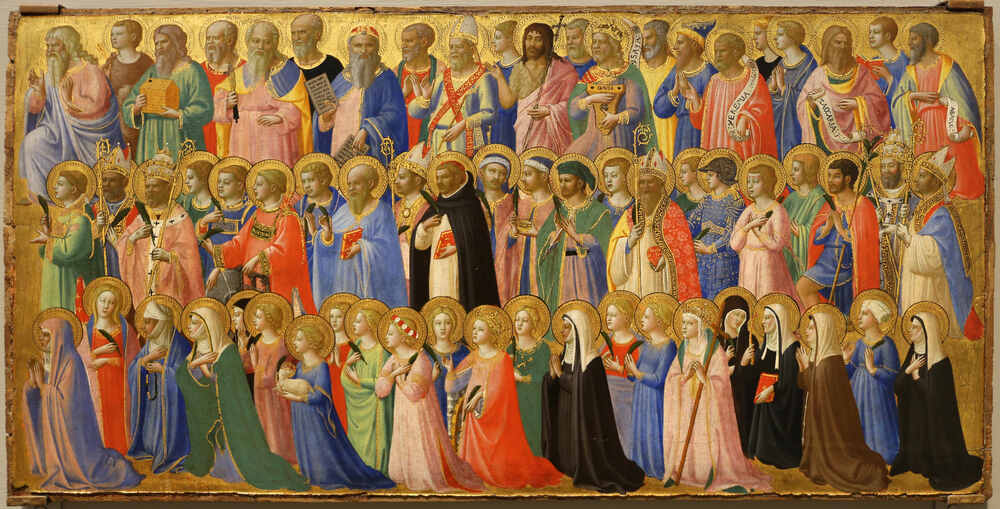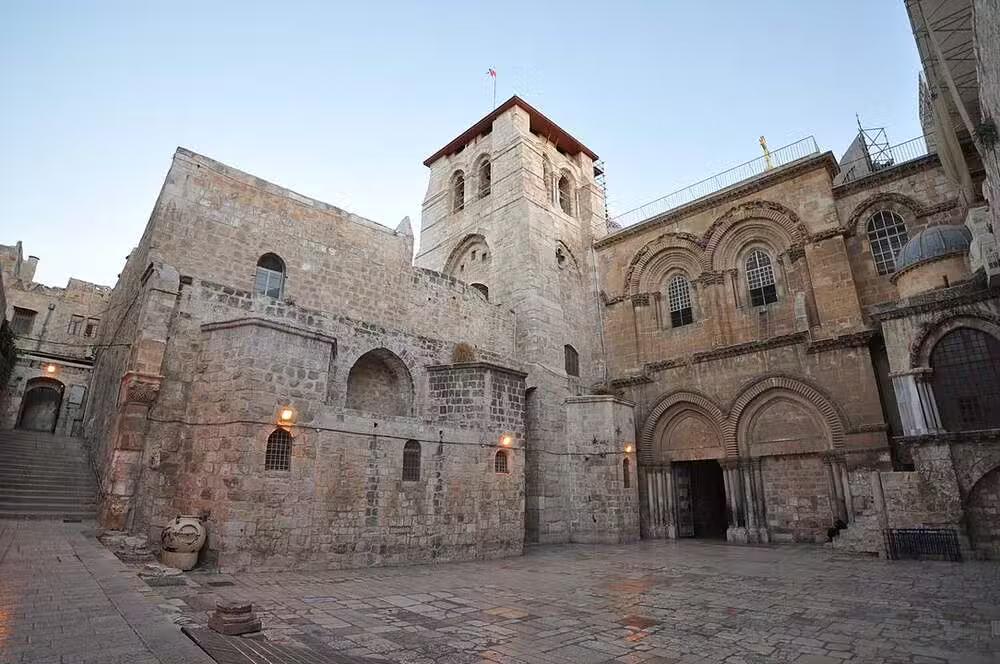Have you ever wondered how a simple fisherman transformed into the foundational rock of a faith that has endured for more than two thousand years? Saint Peter is one of the most fascinating and transcendental figures in the history of Christianity. His life is marked by an unshakeable faith, the shame of denial, repentance, and faithful following until martyrdom. In him, we can see how grace is capable of transforming the most cowardly hearts into brave witnesses of Christ.
1. From Simon to Peter
Saint Peter’s true and original name was Simon. Born in Bethsaida, a town by the Sea of Galilee. He was the son of Jonah and brother of the apostle Andrew.
Simon was a married man and had children. He settled in Capernaum, where he lived with his family and his mother-in-law. There he dedicated himself to the profession of fisherman. He owned his own boat .
Saint Peter and his brother were disciples of Saint John the Baptist. When he pointed to Jesus as the Lamb of God, Andrew and John followed him and stayed an entire day with the Lord. Upon returning, Andrew said to Peter:
We have found the Messiah
And then he brought him to Jesus. This encounter marked a before and after in his life. From that very moment, the Savior, fixing his gaze on him, said:
You are Simon the son of John: you shall be called Cephas, which is interpreted as Peter
Even in this first encounter, the Savior anticipated the change of Simon’s name to Cephas (Kephas; Aramaic Kipha, rock), which is translated as Petros (Latin, Petrus). This proves that Christ had a special mission for Simon.
After that first encounter, Peter and other disciples remained with Jesus Christ. They accompanied him to Galilee, where they witnessed the Miracle at the Wedding of Cana. They were also with him in Judea and Jerusalem until returning through Samaria to Galilee.
Upon returning to his land, Peter resumed his task as a fisherman along with his brother Andrew. But soon he received the definitive call from the Lord:
Come, follow me, and I will make you fishers of men (Matthew 4:19).
This call not only implied a change of profession but a profound spiritual transformation. Along with the sons of Zebedee (James and John), they followed the Lord forever.
2. Saint Peter, Head of the Apostles
Peter was a privileged witness to countless miracles and teachings of Jesus. He heard the Sermon on the Mount, saw the healing of the centurion’s son in Capernaum and that of his own mother-in-law. When the Lord chose the twelve apostles, always at the head, he began to preach the Kingdom of God.
From the beginning, he stood out among the Twelve. Although he had an indecisive character, he clung to the Savior with fidelity, firmness, and love. He was impulsive in his words and deeds, zealous and enthusiastic. However, he was easily intimidated in the face of difficulties.
He often spoke on behalf of the other apostles. After the Lord announced the mystery of the Eucharist, many abandoned him. When he asked his disciples if they also wanted to leave, Saint Peter replied:
Lord, to whom shall we go? You have the words of eternal life. We have believed and know that you are the Holy One of God.
Saint Peter, along with James and John, were with Jesus on special occasions, including the Transfiguration. And the Lord also made special requests of him: he climbed into his boat to preach to the multitude, called him to walk on the waters of the lake, and asked him to catch a fish in whose mouth he found the coin to pay the tribute.
Furthermore, in response to the Lord’s questions about what men said the Son of Man was and what they said He was, Peter replied:
You are the Christ, the Son of the living God.
Then the Lord solemnly revealed his mission to him:
Blessed are you, Simon son of Jonah, for this has not been revealed to you by flesh and blood, but by my Father in heaven. And I in turn tell you that you are Peter, and on this rock I will build my church, and the gates of Hades will not overcome it. I will give you the keys of the kingdom of heaven; whatever you bind on earth will be bound in heaven, and whatever you loose on earth will be loosed in heaven.
3. Peter in the Passion and Resurrection of the Lord
Despite his firm faith in the Lord, Peter had a very human conception of the Messiah. Therefore, he felt rejection towards the announcements of the Lord’s Passion and dared to ask Him not to say such things and that he would always remain by His side.
Christ predicted that he would deny Him three times. He also comforted him by affirming that He had prayed to the Father for him so that his faith would not fail and thus he would strengthen his brothers.
When Jesus Christ was arrested, St. Peter wanted to defend the Master by force, but He forbade it. Seeing that Jesus was chained, he fled along with the apostles. But he returned and followed Him to the courtyard of the High Priest, where he denied the Master out of fear. When Jesus looked at him, he felt great sadness, recognized what he had done, and cried so much that furrows formed on his face.
Despite his human weaknesses, Peter’s place as head of the apostles was reaffirmed by Jesus in an unmistakable way. His leadership not only remained but was even more prominent after the Resurrection.
Proof of this is that the women, upon discovering the empty tomb, received a special message from the angel specifically addressed to Peter (Mark 16:7). Furthermore, he was the only apostle to whom Christ appeared on the very day of the Resurrection (Luke 24:34; 1 Corinthians 15:5).
But the most significant moment occurred by the Sea of Galilee. There, Jesus renewed Peter’s special mission: to shepherd and care for His flock, right after Peter reaffirmed his love three times (John 21:15-17). Finally, Jesus predicted the violent death he would suffer, thus inviting him to follow Him in an exceptional way (John 21:20-23).
In this way, Peter was called, formed, and invested with primacy among the apostles, a role he exercised unquestionably after Christ’s Ascension into Heaven.
- You may be interested in: Church of the Baptism of Christ
4. Prince among the Apostles
After Jesus ascended to Heaven, St. Peter quickly became the leader of the first Christians in Jerusalem. He was the one who suggested replacing Judas and, at Pentecost, gave the first great speech that made thousands of Jews believe. Peter also performed the first public miracle, healing a man, and bravely defended the apostles before the Jewish authorities.
Peter’s leadership was not limited to Jerusalem. He traveled extensively throughout Palestine and beyond. He healed the sick, raised the dead, and was the first to baptize non-Jewish people (Gentiles) . Although some Jewish Christians disagreed at first, Peter explained his vision and was supported by the community.
Peter’s influence was enormous. Even when Paul corrected him in Antioch for hesitating to eat with the Gentiles, this only showed how important his example was. At the Council of Jerusalem, Peter’s experience with the Gentiles was key in deciding that it was not necessary for them to follow all Jewish laws.
St. Peter fled from Jerusalem due to the persecution of Herod Agrippa I.
5. The Martyrdom of St. Peter
Together with St. Paul, Peter went to Rome. There he continued his evangelizing work. It was in Rome where, according to tradition, he suffered martyrdom under Emperor Nero. He was crucified upside down by his own will, as he considered himself unworthy to die in the same manner as Jesus. His tomb is located, according to tradition, under the main altar of St. Peter’s Basilica in the Vatican.
His death in Rome is crucial, as it establishes the foundation for the primacy of the Bishop of Rome (the Pope) as Peter’s successor and head of the universal Church.
According to tradition, Saint Paul was also martyred on the same day as Peter, on June 29th of the year 67.
The life of Saint Peter offers us valuable lessons for our own faith journey. It teaches us that God’s grace can transform even the most sinful people. Peter was a man with impulses and fears, who denied Jesus at the moment he should have testified to Him. However, his genuine repentance and love led him to become the “Rock” of the Church.
His story invites us not to be discouraged by our weaknesses. Just as Peter was forgiven and strengthened, we too can find mercy and new opportunities to grow in faith. It shows us the importance of humility in recognizing our sins and the courage to rise and follow God’s call, trusting in His grace.
Finally, Saint Peter’s life inspires us to be brave witnesses of our faith in today’s world. His example motivates us to live with a passionate love for Jesus and to trust that, even in moments of greatest difficulty, God can work wonders through us, just as He did with that fisherman who became the first Pope.
Why Did Jesus Change Simon's Name to Peter?
Jesus changed Simon’s name to Peter (from the Greek Petros or Aramaic Cephas, meaning “rock”) because He had a special mission for him. This designation symbolizes the fundamental role that Peter would play as the “rock” upon which Jesus would build His Church, granting him the keys to the Kingdom of Heaven. This key event is recounted in Matthew 16:18.
Was Saint Peter Really the First Pope of the Catholic Church?
Yes, according to tradition and the teaching of the Catholic Church, Saint Peter is considered the first Pope or first bishop of Rome. The authority that Jesus entrusted to him (“I will give you the keys of the Kingdom of Heaven”) and his subsequent martyrdom in Rome laid the foundations for the primacy of the Bishop of Rome as Peter’s successor and visible head of the universal Church.
What Do the “Keys of the Kingdom of Heaven” that Jesus Gave to Peter Mean?
The “keys of the Kingdom of Heaven” that Jesus gave to Peter (Matthew 16:19) symbolize the authority to govern and guide the Church. This power is interpreted as the ability to “bind and loose”, which represents the faculty to make doctrinal and disciplinary decisions, forgive sins, and administer divine grace. It is a symbol of his pastoral leadership over the faithful.
Where Can We Read about the Life and Actions of Saint Peter in the Bible?
The main biblical source for knowing about the life and leadership of Saint Peter is found in the New Testament. He is frequently mentioned in the Gospels (Matthew, Mark, Luke, and John) and, prominently, in the first part of the Acts of the Apostles, which narrates his central role in the birth and expansion of the early Church. Additionally, two epistles are attributed to him, 1 Peter and 2 Peter, which are part of the Bible.
How Did Saint Peter Die and where is He Buried?
According to an ancient and solid Christian tradition, Saint Peter died as a martyr in Rome during the persecution of Emperor Nero. It is believed that he was crucified upside down at his own request, considering himself unworthy to die in the same manner as Jesus.
His tomb, venerated since the first centuries, is traditionally located under the main altar of the current St. Peter’s Basilica in the Vatican, a central place of pilgrimage for Catholics.

